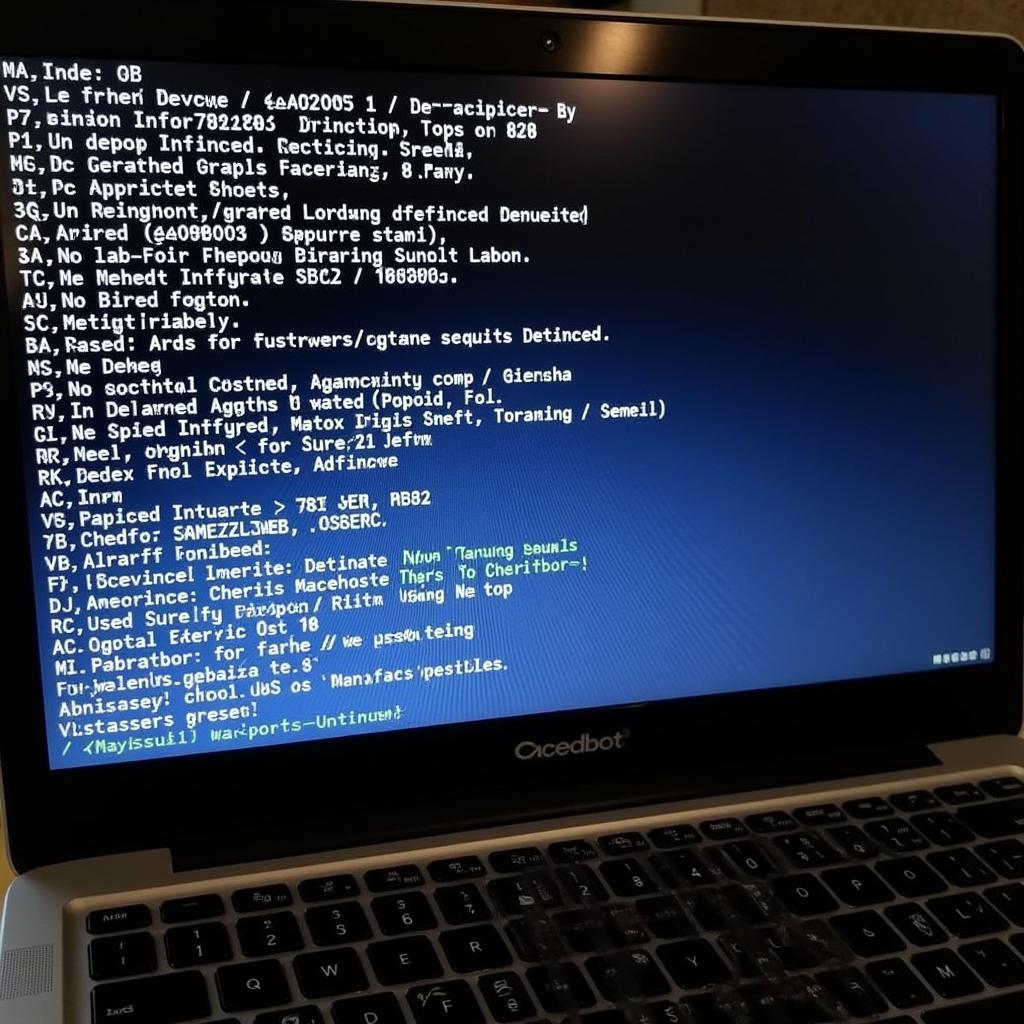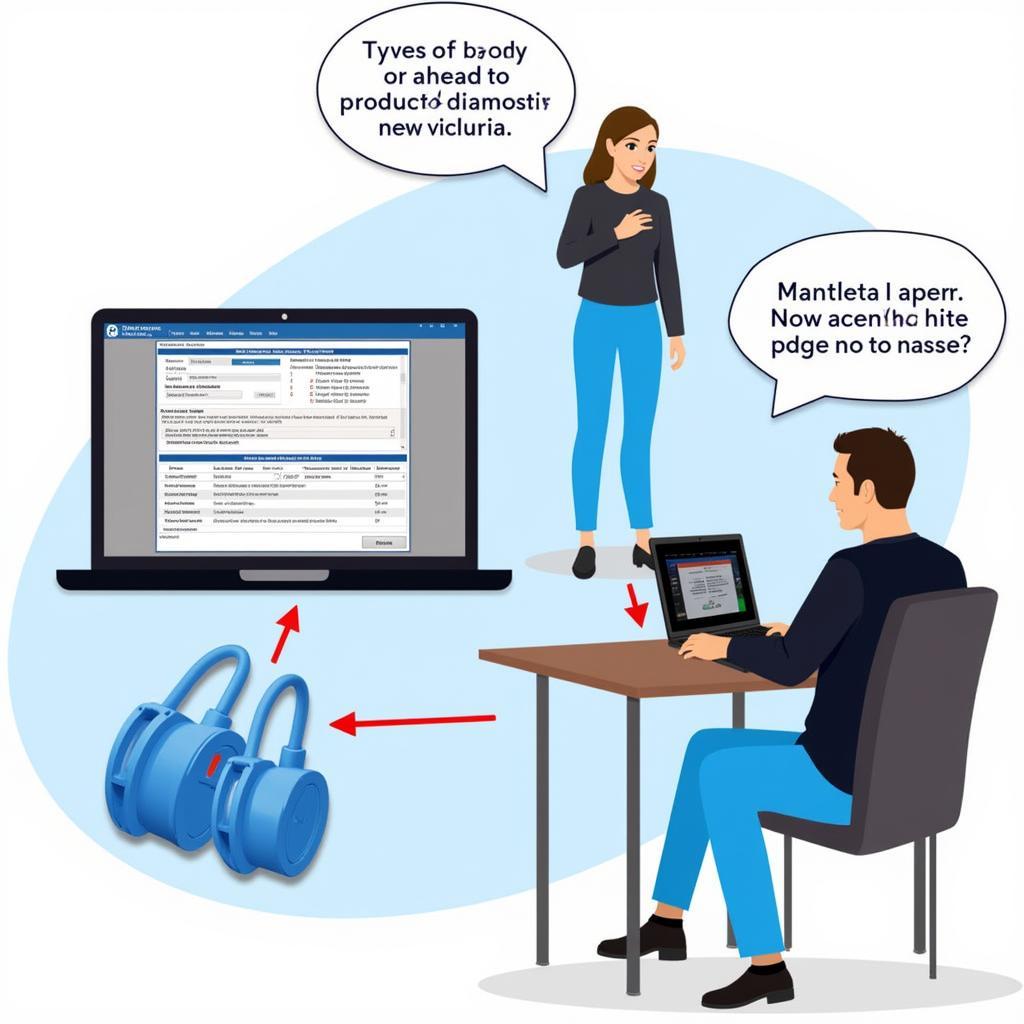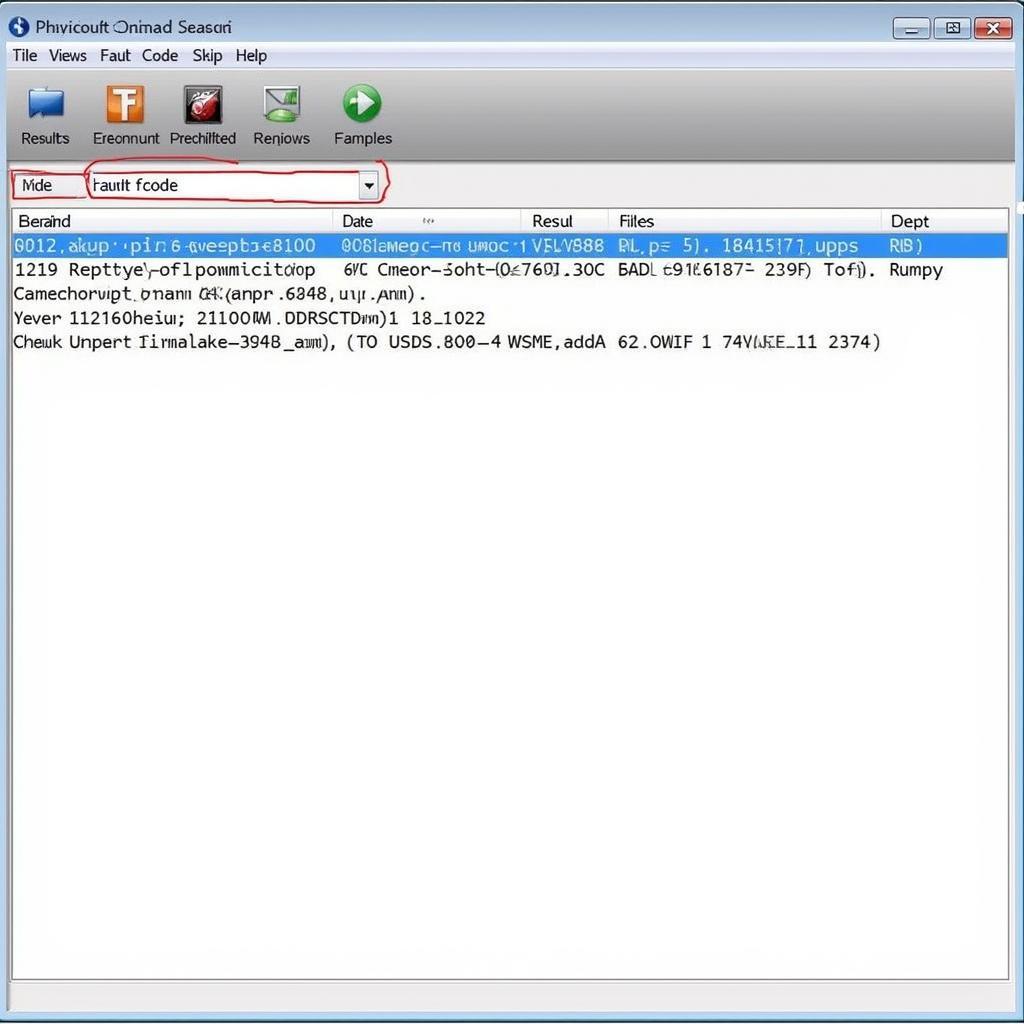Turning off the Exhaust Gas Recirculation (EGR) system with VCDS is a topic often discussed among car enthusiasts and mechanics. This article will delve into the intricacies of this procedure, explaining the steps involved, the potential risks, and why you might consider doing this in the first place.
Understanding the EGR System and Its Purpose
The EGR system plays a crucial role in reducing nitrogen oxide (NOx) emissions, a harmful byproduct of combustion. It achieves this by recirculating a portion of exhaust gases back into the intake manifold, effectively lowering combustion temperatures and minimizing NOx formation. While beneficial for the environment, the EGR system can sometimes cause issues such as carbon buildup, reduced engine performance, and even component failure.
Why Turn Off EGR with VCDS?
There are several reasons why someone might consider disabling the EGR system using VCDS, a powerful diagnostic tool for Volkswagen, Audi, Seat, and Skoda vehicles. Common motivations include addressing persistent EGR-related issues, improving engine performance in specific situations, or as a temporary troubleshooting measure. However, it’s essential to understand that turning off the EGR system can have implications for emissions compliance and potentially affect engine longevity.
Steps to Disable EGR with VCDS
Disabling the EGR with VCDS requires careful navigation through the software’s interface. While the specific steps might vary slightly depending on the vehicle’s make, model, and year, the general process involves accessing the engine control module, locating the EGR adaptation channels, and adjusting the relevant values. It is highly recommended to consult your vehicle’s specific repair manual and familiarize yourself with VCDS functionalities before attempting this procedure.
Risks and Considerations When Disabling EGR
Before proceeding with EGR deactivation, it’s crucial to understand the potential risks. Firstly, disabling the EGR system can lead to increased NOx emissions, violating environmental regulations in many regions. Furthermore, long-term EGR deactivation could impact engine performance and potentially cause other issues due to altered combustion parameters. It’s also important to consider the legality of disabling emissions-related systems in your area.
Troubleshooting Common VCDS and EGR Issues
Sometimes, the process of disabling EGR with VCDS can encounter unexpected problems. For instance, communication errors between the software and the vehicle’s control modules can occur. Understanding how to diagnose and resolve these issues is vital. Common troubleshooting steps include checking the connection between the VCDS interface and the vehicle’s OBD-II port, verifying the correct drivers are installed, and ensuring the software is up-to-date. If you encounter issues like “VCDS port does not exist”, reviewing the software documentation and online forums can be helpful. Similar to how you would set up Ross Tech VCDS for first use, ensuring all components are correctly configured is crucial.
 Troubleshooting VCDS error messages related to EGR deactivation
Troubleshooting VCDS error messages related to EGR deactivation
Alternatives to Disabling EGR
Instead of completely disabling the EGR, consider alternative solutions such as cleaning the EGR valve and intake manifold to remove carbon buildup. This can often restore proper EGR function and alleviate performance issues. Regular maintenance can also prevent future problems. Checking glow plugs with VCDS, for example, is another preventative measure that can contribute to optimal engine health. You can learn more about how to check glow plugs with vcds.
Frequently Asked Questions about Disabling EGR with VCDS
- Is it legal to turn off EGR with VCDS? Legality varies by region, so check local regulations regarding emissions systems.
- Will disabling EGR improve fuel economy? The impact on fuel economy is generally negligible.
- Can I re-enable EGR after disabling it with VCDS? Yes, the process can be reversed using VCDS.
- What are the long-term effects of EGR deactivation? Potential long-term effects can include increased engine wear and potential damage to other components.
- What other diagnostic tasks can I perform with VCDS? VCDS offers a wide range of diagnostic capabilities, such as measuring timing. Check out this article on how to measure timing mk5 jetta vcds for more information.
- Do I need a specific VCDS version to disable EGR? Consult the Ross-Tech website for compatibility information.
- Where can I find more information on using VCDS? Numerous online forums and tutorials provide valuable insights into using VCDS effectively. You might also find information on topics like vcds pin code reader.
Conclusion
Disabling the EGR system with VCDS can be a complex procedure with potential implications for both your vehicle’s performance and emissions compliance. Thoroughly understanding the process, the associated risks, and available alternatives is crucial before making any decisions. While VCDS provides a powerful tool for vehicle diagnostics and modifications, using it responsibly and within legal parameters is paramount. This article aims to provide you with the information necessary to make informed choices regarding your vehicle’s EGR system. You can also learn more about setting up your VCDS by reading our guide on how to set up ross tech vcds for first use.
Need assistance? Contact us via WhatsApp: +1 (641) 206-8880, Email: CARDIAGTECH[email protected] or visit us at 276 Reock St, City of Orange, NJ 07050, United States. Our customer support team is available 24/7.


